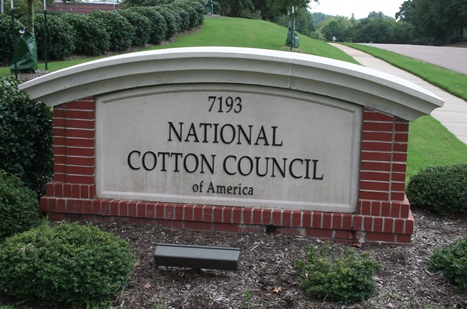Corn Crashes Cotton’s Party?
Cotton growers have had a peaceful coexistence with what Native Americans called “maize” for a couple of decades. Maybe longer. A cotton/corn rotation is a case of mutualism: both crops benefit. Corn builds organic matter and is not the best host for the nematodes that cruise the Cotton Belt; cotton herbicides take down weeds that corn herbicides can’t.
The most common rotation has been 2-3 years in cotton, 1 year in corn. And that 1 year in — at least 1 year in — for potentially thousands of growers, will be 2007. The basic functions of supply and demand have driven corn futures to 10-year highs. Despite a bumper crop in 2006 — the third largest in history — the stocks-to-use ratio is the lowest since people started tracking such things. In other words, corn is short. And at the same time, cotton is not.
But what has driven this historic demand for corn? A couple of things:
• The world’s consumers, economists say, have the pocket money to buy more grains as protein sources. And as for competing sources of protein, there’s that pesky health thing with red meat and some fish. Right now hamburger lovers are being bombarded with health warnings that would make C. Everett Koop proud. (You remember Koop, right? Looked like a heavy-weight Abraham Lincoln. Hated cigarettes.) And ocean fish has a lot of mercury in it, some say. Besides, if you believe what noted eco-specialist Ted Danson said 15 years ago, the oceans died 5 years ago. So nothing is biting anyway.
• “Bio”fuel demand has skyrocketed. Over the past 4 years, according to the PotashCorp – a world leader in nitrogen, phosphate and potash production – production of ethanol has doubled to more than 12 billion gallons per year. About one billion gallons of biodiesel — “the second most popular alternative fuel made from plant sources,” the company says — were produced.
On the Chicago Board of Trade, corn futures are trending in the $3.50-$4.00 range, and some analysts say it will take $5 per bushel to slow down demand. Even at the current price, that’s a jump of 77% in the past year.
A Wall Street source told Bloomberg News that for every 10-cent rise in corn prices, a nickel is taken off the share-price of Tyson Foods’ stock, due to increased feed costs. Bloomberg says even Coca-Cola, which uses corn syrup as a sweetener, is feeling it. Cattle and hog producers are too. Obviously the price of corn flakes is going up; less obviously, so is the price of ice cream. (I wonder if the price of corn hooch has gone up?)
So growers are reducing cotton acres and increasing the corn. And that’s maybe another case of mutualism: growers take advantage of skyrocketing corn prices and the cotton inventory chain takes a deep breath, then purges itself to some extent. We think. We hope.
But corn is not the least expensive crop to grow. It takes a lot of water, and thousands and thousands of tons of nitrogen fertilizer. (The Indians used to plant maize by putting a dead fish in with each seed to fertilize it. These guys were the original eco-specialists.) The price of natural gas has gone down for nitrogen fertilizer manufacturers, but increased demand may keep farmer prices where they are. High.
And of course, the cotton infrastructure will take a direct hit. Among other things, cotton seed companies will sell less seed, consultants will scout fewer acres and gins will gin less cotton.
Such is life in the commodities game. At some point you can count on growers saying they are getting back into cotton due to the crash in corn prices. (In fact, they said it before planting the 2006 crop.) It’s called equilibrium, and eventually everything finds it. But until then, pass the corn hooch.









